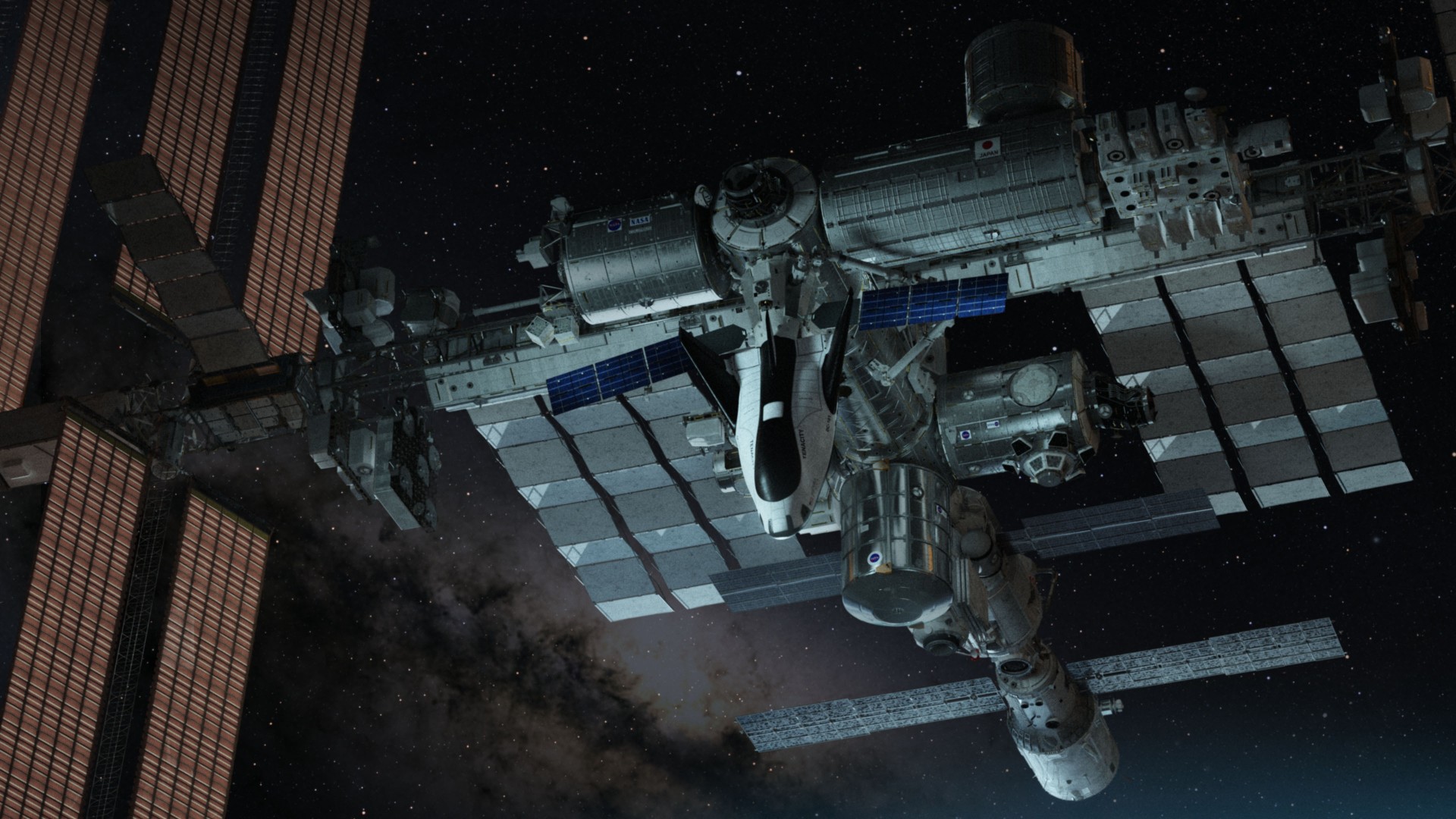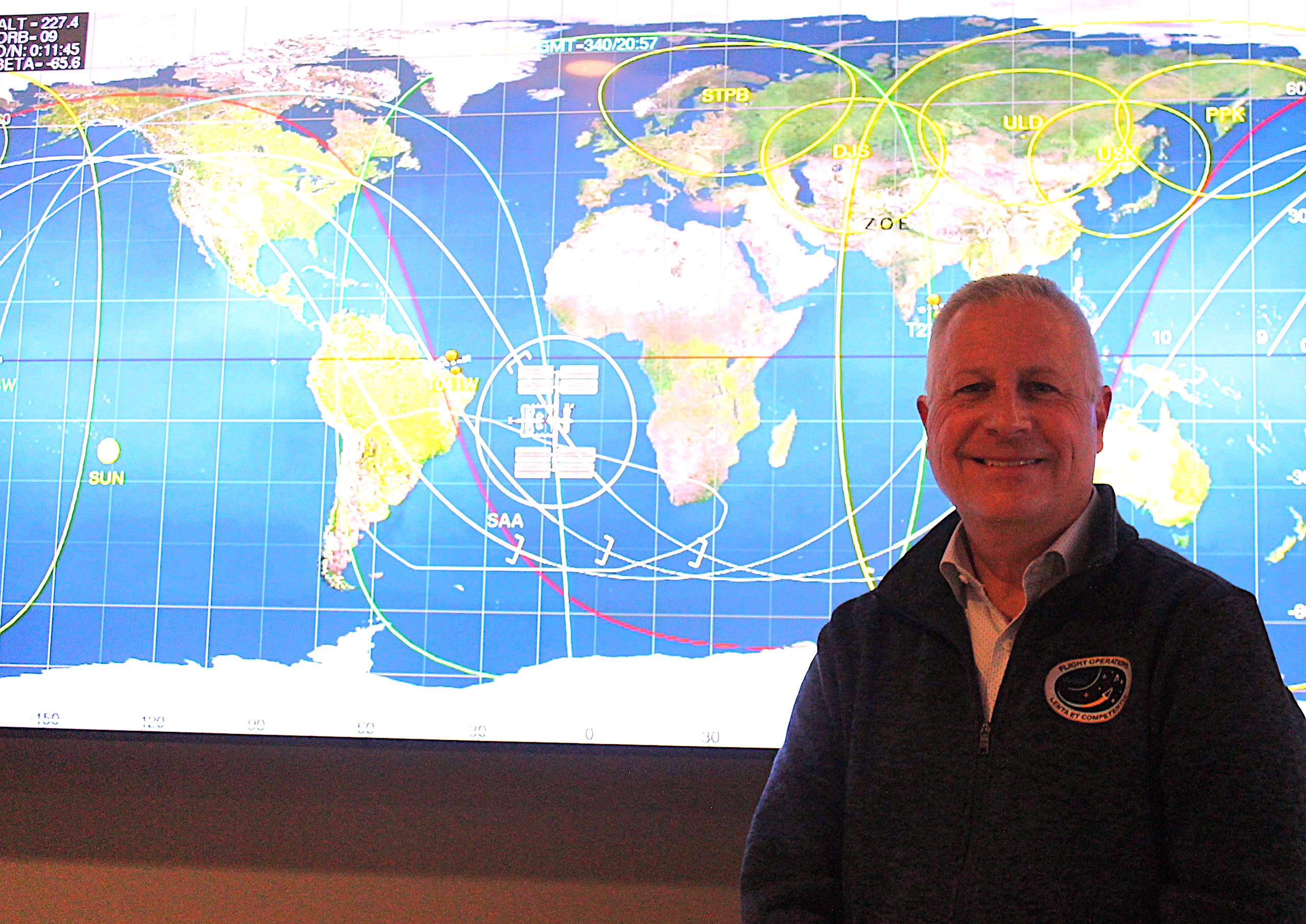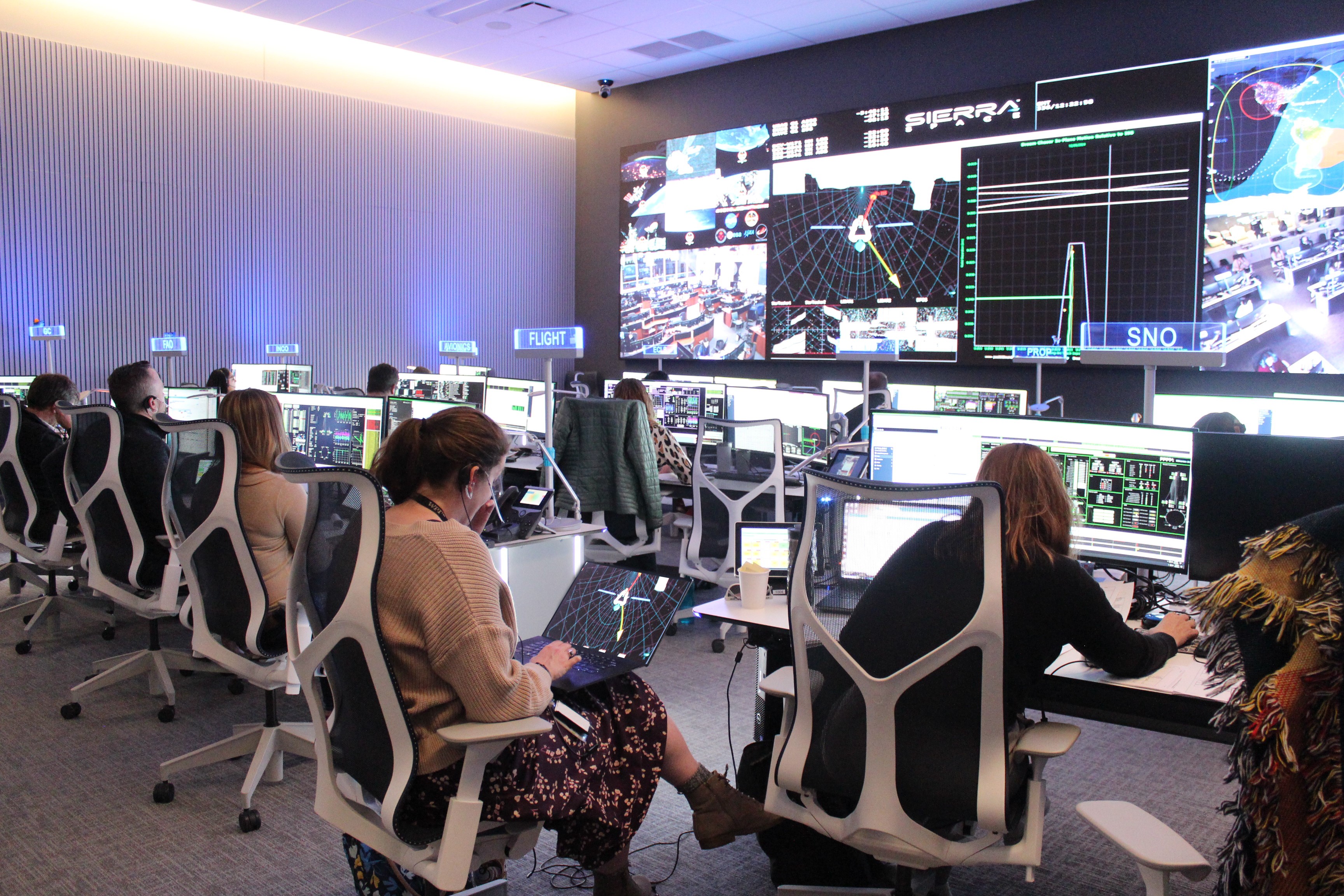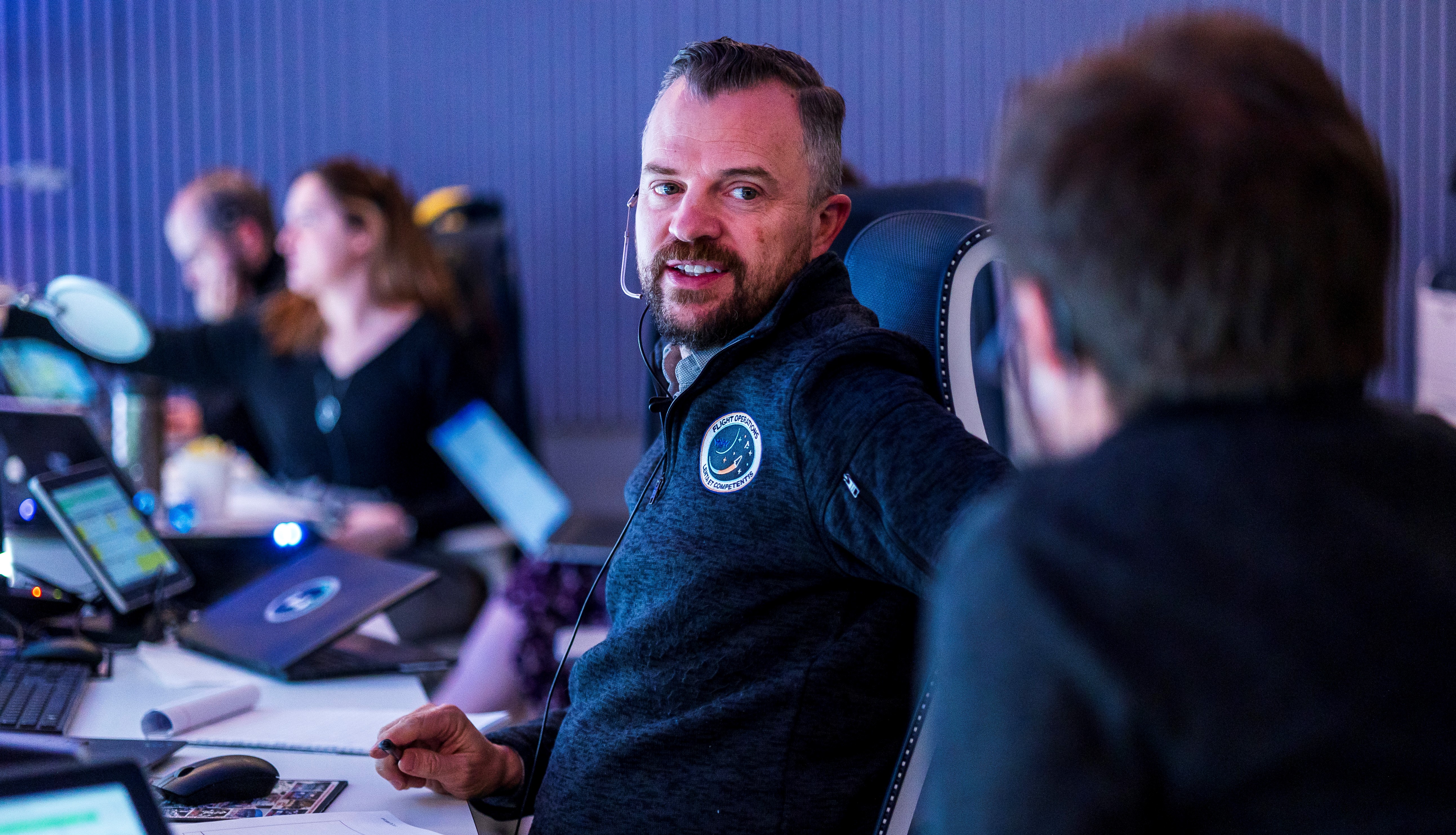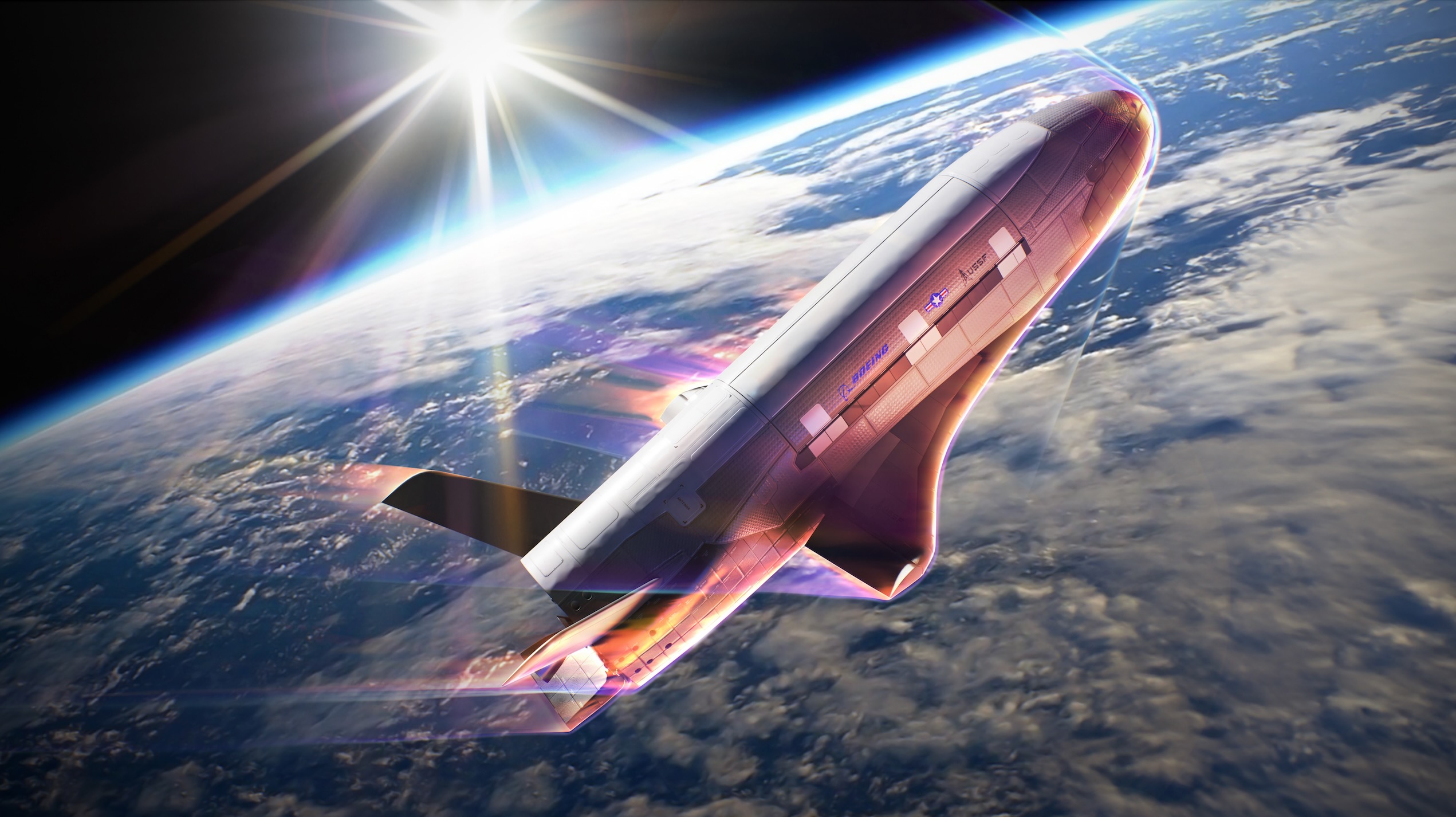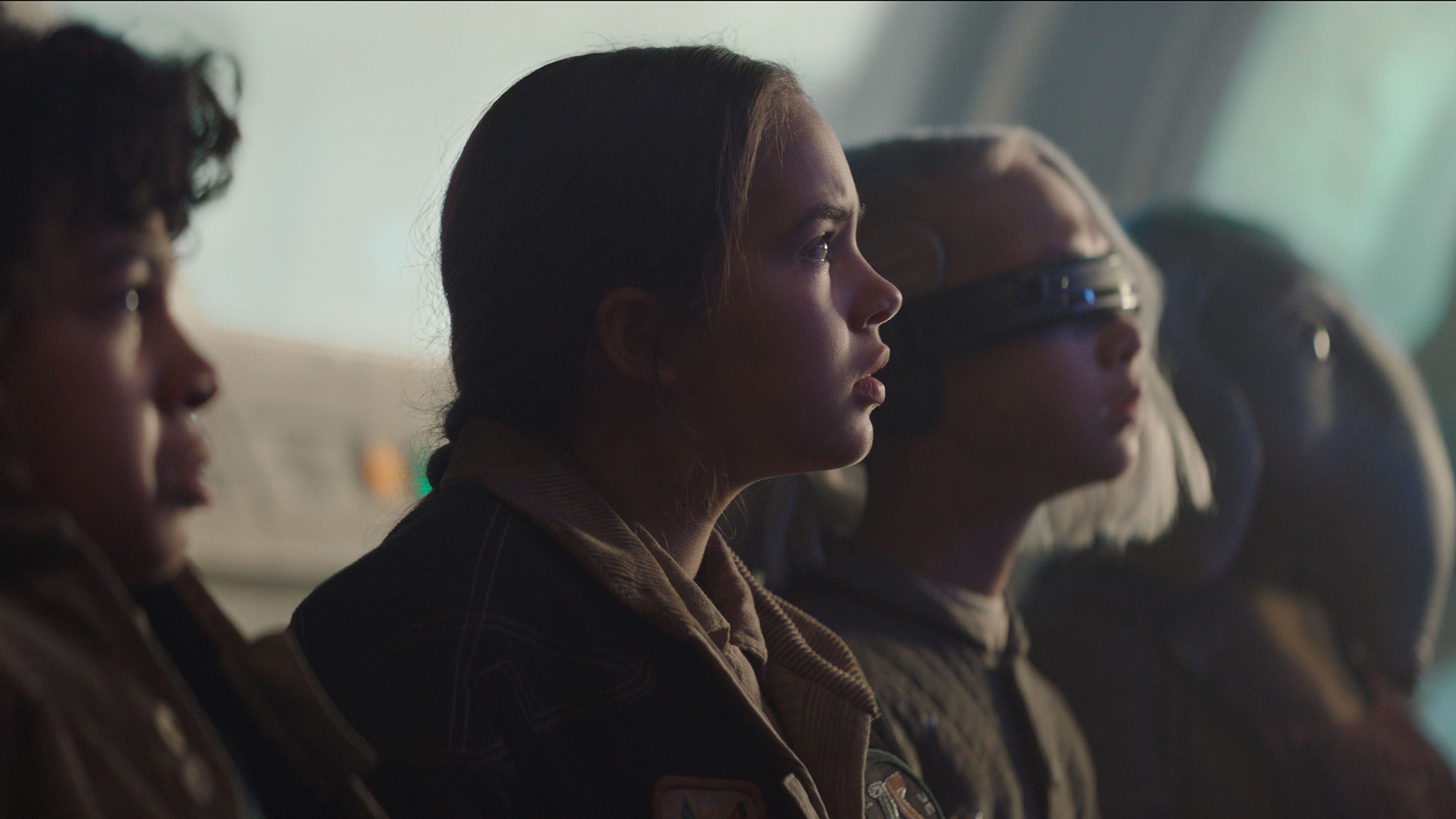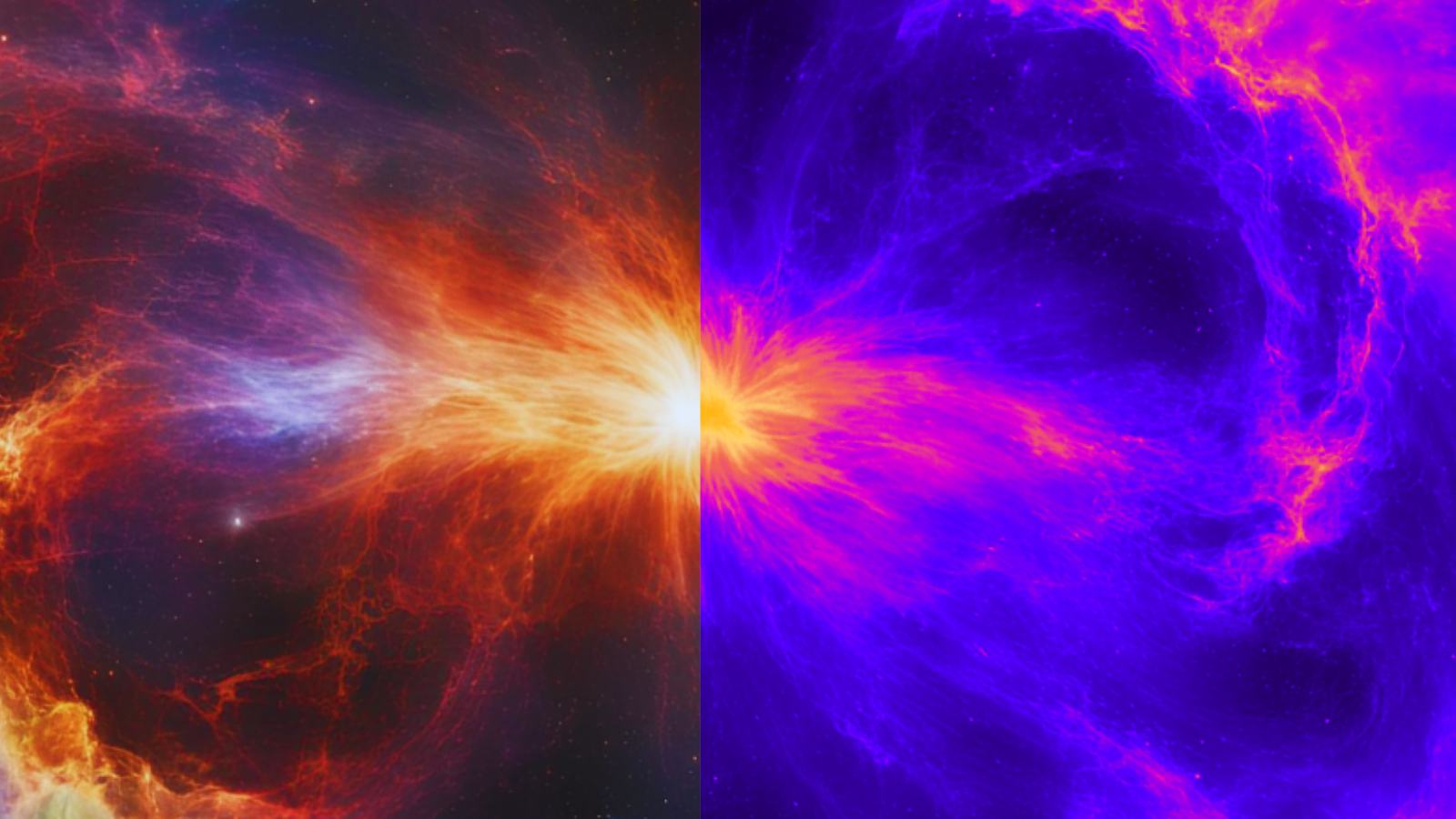LOUISVILLE, Colorado — The scene here is intense. Slowly, ever so slowly, the Sierra Space Dream Chaser spaceplane draws near the International Space Station.
There is focused face time here as mission controllers monitor their computer screens and diligently monitor incoming data. Anxiety mounts within the private company’s control center as the craft makes its way through various perfunctory pauses — cautiously approaching the International Space Station (ISS) and enters the approach ellipsoid.
The outstretched Canadarm2 robotic arm grapples a fixture on Dream Chaser‘s Shooting Star cargo module. A go-ahead is given, followed by successful berthing of the cargo-carrying spaceplane to a port on the orbiting outpost via the Space Station Remote Manipulator System (SSRMS). Mission accomplished. A simulated mission, that is.
Ringing out procedures
The multiple-hour simulation on Dec. 5, 2024 matched up both Sierra Space and NASA Johnson Space Center controllers, said Jerry Jason, Dream Chaser flight director, told Space.com. “We’re basically ringing out procedures,” he told Space.com.
Practiced by the joint teams was close-in proximity operations of the uncrewed Dream Chaser space plane as it safely snuggled up to lock-in mode by the space station’s SSRMS.
“It grabs us and berths us to the station,” Jason said, “a very complicated activity,” one that involves many go/no go checkpoints to primarily assure safety of the human crew onboard the ISS and the health of the uncrewed Dream Chaser.
Nearly a dozen joint simulations between the Sierra Space control center here and NASA Johnson Space Center in Houston, Texas have taken place.
Those practice run-throughs cover an array of scenarios, from rendezvous, berthing, detaching from the ISS of the Dream Chaser, to departure and spaceplane reentry back to Earth for a Kennedy Space Center tarmac touchdown, Jason said.
“We have different stages of simulation in order to verify all our procedures, time lines, and flight rules,” said Jason. “All the core requirements are laid out in documents … and that’s why we have flight control teams to monitor everything.”
Unique laboratory
“Today’s training simulation was a critical milestone in the preparation of the joint Sierra Space and NASA flight control teams that will fly the upcoming Dream Chaser mission to the ISS,” said Jeremy Owen, chief of the Flight Director Office at Sierra Space.
The simulation involved two full teams of flight controllers, the Sierra Space team in Colorado and the NASA team in Houston, rehearsing the final two hours of the Dream Chaser’s approach to the ISS.
“Training simulations are a vital component of flight control team preparation to fly a spaceflight mission,” Owen said.
In addition to thousands of hours of cumulative classroom and self-study training across the team, Owen observed that simulations provide “a unique laboratory” for bringing everything together to demonstrate the Sierra Space team’s knowledge, as well as test flight controller skills.
Those abilities involve leadership, teamwork, communication, situational awareness, added Owen, as well as failure recognition and recovery.
Simulated failures
Owen said that the simulation was very successful.
“The training teams injected multiple failures, some small and others major, for us to work through as a joint team with the ultimate goal being the capture of the Dream Chaser with the ISS Space Station Remote Manipulator System robotic arm.”
As part of the simulation, the Dream Chaser suffered multiple simulated “failures” which the team was able to work through successfully, all while the ISS flight control team was working through their own “failures” in order to complete capture.
Despite a simulated loss of ISS attitude control with the Dream Chaser holding position 38-feet (11.5 meters) below the orbiting complex of modules, Owen said the teams were able to successfully overcome challenges and complete the training simulation with a successful capture of the Dream Chaser.
“Training simulations like these provide opportunities to test flight software and our procedures and flight rules,” Owen said, “while also providing invaluable flight control team experience necessary to respond to unexpected situations to ensure ISS crew safety and mission success.”
Tenacity status
The first Dream Chaser spaceplane being readied for its maiden voyage is Tenacity, undergoing final testing inside NASA’s Space Systems Processing Facility (SSPF) at Kennedy Space Center.
“Remaining work includes final environmental testing, closeout checks on propulsion and electrical systems, the application of remaining thermal protection tiles and pre-launch processing,” said Alex Walker, senior director of marketing and communications at Sierra Space.
“NASA determines the flight plan and we are currently tracking a launch date of no earlier than May,” Walker told Space.com. Dream Chaser will fly atop a Vulcan rocket with a Centaur upper stage.
Overload training
Here at Dream Chaser control, there is a philosophy at work: Train as you fly…fly as you train.
“What these folks are seeing in here really mimics very well what will happen on the actual day of flight,” Jason advised.
Jason said the exercises done here are called ‘overload training.’
“You can give one operator several simulated failures and it can stress them out. Their body learns to react to that stress. Their mind learns to react to that stress. And they have to continue to work through the problems. So on the ‘real day’ of flight they can properly react to situations. They are used to the adrenalin. That’s how we train people,” he pointed out.
Jason speaks from experience. He’s has been doing spaceflight operations for some three decades. Previously, he was at NASA working NASA Space Shuttle missions and then as an ISS flight director.
“I’ve been very lucky in my career,” said Jason.
“And for young people today that want to do space, this is the time,” Jason concluded. “There is so much ‘New Space’ coming into the fold. Younger kids love playing video games and simulations. This is the world’s greatest video game except, in the end, it is very real. It’s awesome and fun too.”

